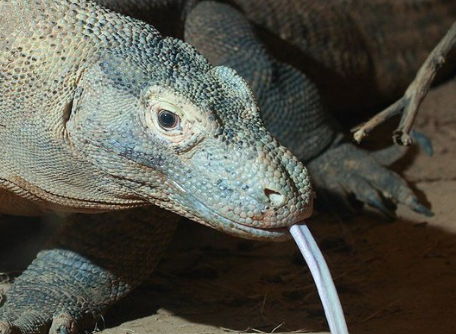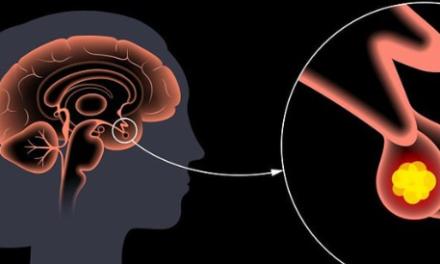The teeth of Komodo dragons, known for their fierce predatory skills, have revealed a fascinating secret: they are coated in iron. This unique adaptation enhances their already formidable bite, allowing them to efficiently tear through prey. A new study has brought this discovery to light, highlighting the iron coating on the cutting edges of the dragons’ teeth, a feature previously unseen in reptiles.
Komodo dragons have iron-coated teeth to rip apart their prey, researchers find https://t.co/tDPOtE5gAr via @physorg_com
— Gordon Neighbour 🦖🌋 🇩🇪 🇪🇺 💙 (@CornubiaGeol) July 27, 2024
Komodo dragons, the largest living reptiles native to Indonesia, share some dental characteristics with ancient dinosaurs. This connection intrigues paleontologists, who study these dragons to gain insights into tooth evolution. The presence of iron in Komodo dragon teeth was unexpected, as reptiles typically shed and replace teeth, which negates the need for special adaptations to maintain sharpness.
Lead researcher Aaron LeBlanc, from King’s College London, initially noticed an orange tint on the serrated edges of the teeth, which he attributed to staining from their meat-rich diet. However, further investigation revealed that this orange hue was due to iron. The iron forms a thin coating over the enamel, similar to icing on a cake, reinforcing the teeth’s serrated edges crucial for shearing prey.
The study extended to examining the teeth of other monitor lizards, crocodilians, and fossilized dinosaur teeth. These species showed only trace amounts of iron, suggesting that the fossilization process might introduce such metals into bones. The discovery of thick, wavy enamel in dinosaur teeth also indicates alternative methods of reinforcement, differing from the iron coating found in Komodo dragons.
Komodo dragons have teeth coated in iron, new study finds https://t.co/zAjpyCKQjK pic.twitter.com/TYNMc8AlSS
— Reg Saddler (@zaibatsu) July 27, 2024
Mammals typically have thicker enamel than reptiles, often forming cusps suited for various diets. This suggests that different species have evolved unique dental adaptations to strengthen their teeth, reflecting diverse dietary needs and evolutionary strategies. The discovery of iron-coated teeth in Komodo dragons opens new avenues for research into the evolutionary mechanisms behind these adaptations, hinting at more surprises in reptilian dentition.
Key Points:
- Komodo dragon teeth are uniquely coated with iron, enhancing their ability to tear through prey.
- This discovery marks the first time iron has been observed in reptilian teeth, previously thought unnecessary due to their tooth-shedding habits.
- The study suggests that the iron coating reinforces the teeth’s serrated edges, which are critical for their predatory lifestyle.
- Similar investigations into other reptiles and fossilized dinosaur teeth revealed only trace amounts of iron, indicating diverse evolutionary adaptations.
- The findings highlight the varied strategies animals use to strengthen their teeth, suggesting that Komodo dragons are just the beginning of a deeper understanding of reptilian dental adaptations.
Charles William III – Reprinted with permission of Whatfinger News







